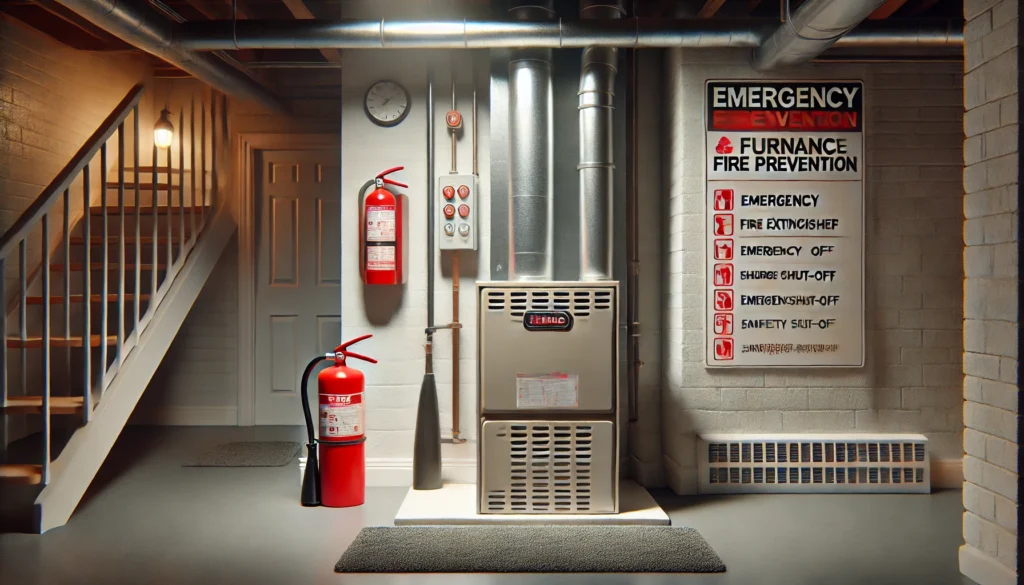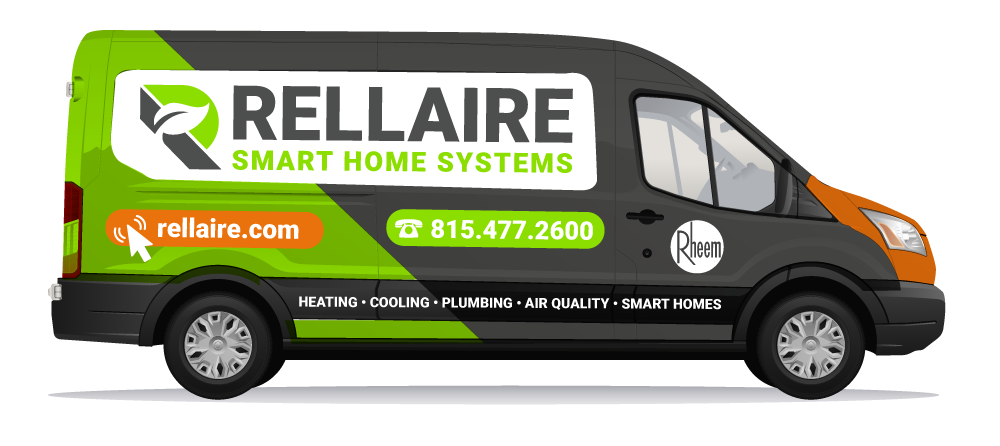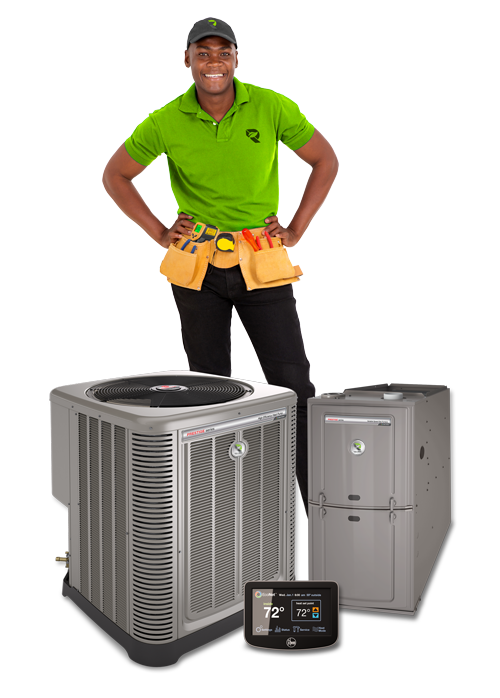Preventive Measures to Enhance Safety
Taking preventive measures is a crucial strategy in reducing the risk of furnace fires and ensuring the safe operation of your heating system. Regular maintenance is paramount; it not only extends the life of your furnace but also helps prevent accidents and fires. Here’s a breakdown of essential preventive steps every homeowner should follow:
Annual Professional Inspections
Hiring a qualified technician to perform an annual inspection of your furnace is vital. This check should include a thorough examination of the burner, heat exchanger, and the furnace’s internal and external components to ensure there are no leaks, damage, or blockages.
Regular Cleaning
Dust and debris are common culprits in furnace-related fires. They can accumulate in and around the furnace, which might ignite when the furnace is operating. It’s important to regularly clean or replace air filters every 1-3 months, depending on usage and type of filter. The area around the furnace should also be kept clean and clear of any materials that can easily catch fire, such as paper, cloth, and flammable liquids.
Proper Installation
Ensuring your furnace is properly installed by a certified professional is crucial. This includes correct electrical connections, proper venting, and secure gas lines. A poorly installed furnace can lead to dangerous conditions like gas leaks or electrical faults that could ignite a fire.
Check Carbon Monoxide (CO) Detectors
Furnaces can produce carbon monoxide as a by-product of combustion. This colorless, odorless gas can be deadly if not properly vented outside. Installing CO detectors near your furnace and in sleeping areas can help detect and prevent carbon monoxide poisoning. Check these detectors regularly to ensure they are functioning correctly.
Thermostat Management
Avoid overworking your furnace by keeping the thermostat at a consistent, reasonable temperature. Overheating can cause excessive wear and potential overheating of components, which could lead to a fire.
By following these preventive measures, you can significantly reduce the risk of furnace fires in your home, ensuring a safer environment for yourself and your family. Regular upkeep not only enhances safety but also improves the efficiency and longevity of your heating system.
Immediate Actions During a Furnace Fire
When a furnace fire occurs, the safety of individuals in the vicinity is the top priority. Knowing the immediate steps to take can significantly mitigate the impact of the fire and enhance safety. Here’s a structured approach to handling a furnace fire effectively:
Shut Off the Furnace
The first step, if accessible and safe, is to turn off the furnace. This helps to stop fueling the fire with gas or electricity. Locate and familiarize yourself with the furnace switch and main power supply in advance to ensure you can act quickly in an emergency.
Cut Off the Fuel Supply
If your furnace runs on gas and it is safe to do so, shut off the gas supply to prevent further fuel from feeding the fire. Knowing where the gas shutoff valve is located and how to operate it is crucial and should be part of routine safety checks.
Evacuate the Area
Ensure that everyone in the house or building evacuates immediately and safely. Do not waste time trying to gather belongings; getting to safety is paramount. Have a pre-planned escape route that everyone in the household is familiar with.
Call Emergency Services
Once everyone is safely out of the house, call the fire department. Provide them with specific information about the situation, including the fact that it’s a furnace fire, as this can inform their response strategy.
Use a Fire Extinguisher
If the fire is small and contained, and you have immediate access to an appropriate fire extinguisher (Class ABC), you can attempt to extinguish the fire. However, this should only be done if it is completely safe, and you are confident in how to use the extinguisher. Never use water on an electrical fire as it can exacerbate the situation and lead to electrical shocks.
Post-Incident Inspection and Repair
After the fire has been handled and the area is declared safe by professionals, have a certified technician inspect the furnace. This inspection will determine the cause of the fire and assess any damage to the furnace and surrounding area. It is essential to repair or replace any damaged parts of the furnace or electrical system to ensure it is safe for future use.
These steps are critical in managing a furnace fire. Being prepared with the knowledge and tools to react swiftly and appropriately can help prevent severe damage and ensure the safety of everyone involved. Regular safety drills and having clear, accessible emergency equipment are also vital in enhancing preparedness for potential furnace emergencies.



